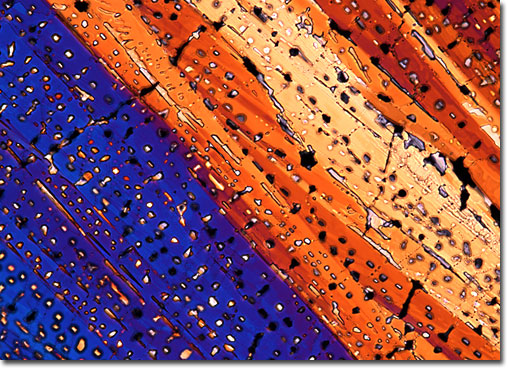|
Also commonly known as chlorthal or chlorthal-dimethyl, DCPA has little effect on mature weeds or crops, but is instead effective at controlling plants that are in their seed and pre-emergence stages. The mechanism of action of DCPA is antagonism of auxin, a plant growth hormone that affects cell elongation, root formation, and bud development. The pesticide may be purchased in several different forms and is often sold under the trade names Dacthal and Dacthalor. Considered a class IV toxin by the Environmental Protection Agency (EPA), DCPA poses little health hazard to those who utilize the compound or accidentally come into contact with it. Indeed the greatest hazard in use of DCPA, which is not teratogenic, mutagenic, or carcinogenic, is often considered the possible presence of more dangerous impurities, such as dioxin or hexachlorobenzene, in preparations of the pesticide.
|
